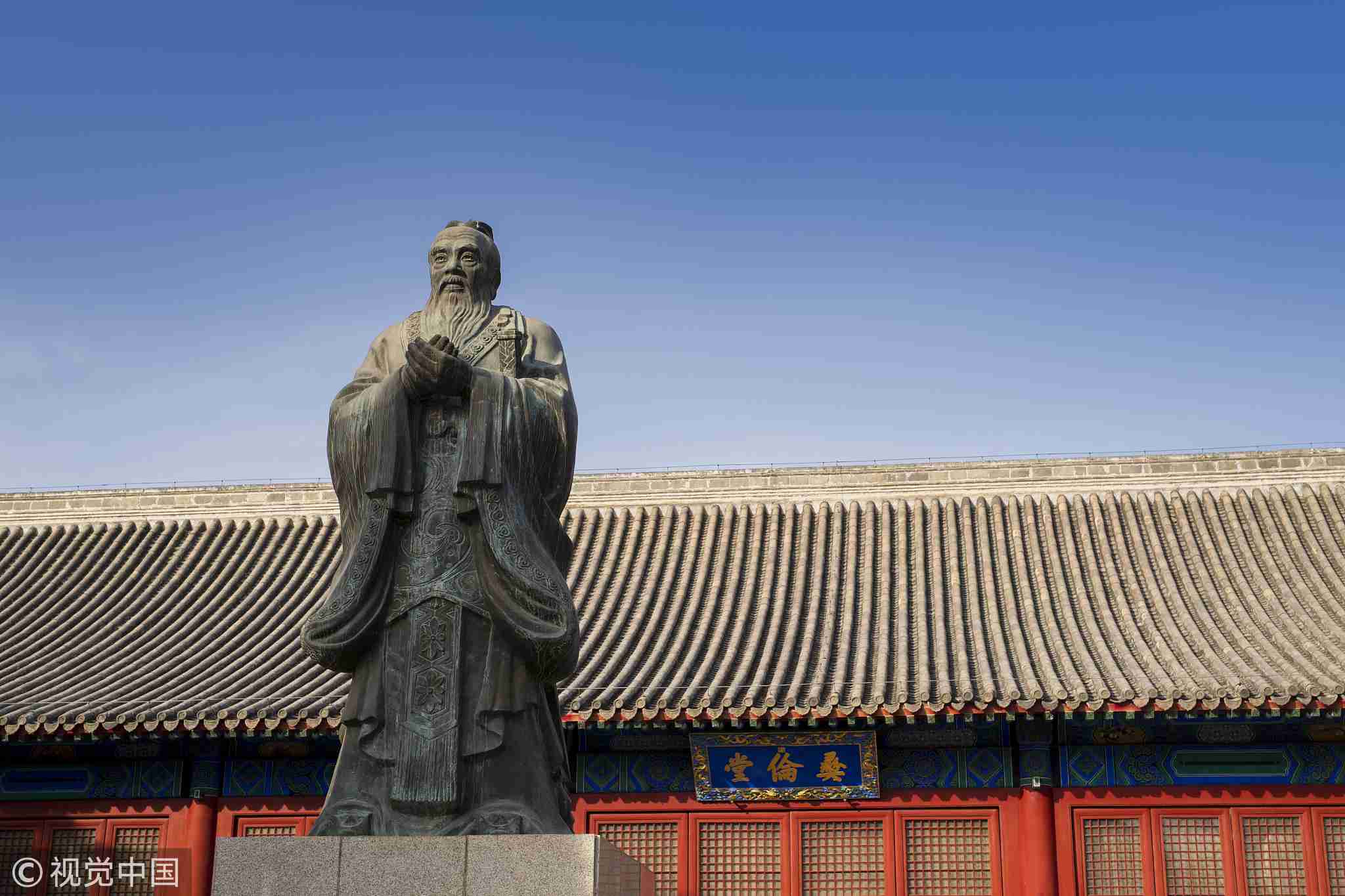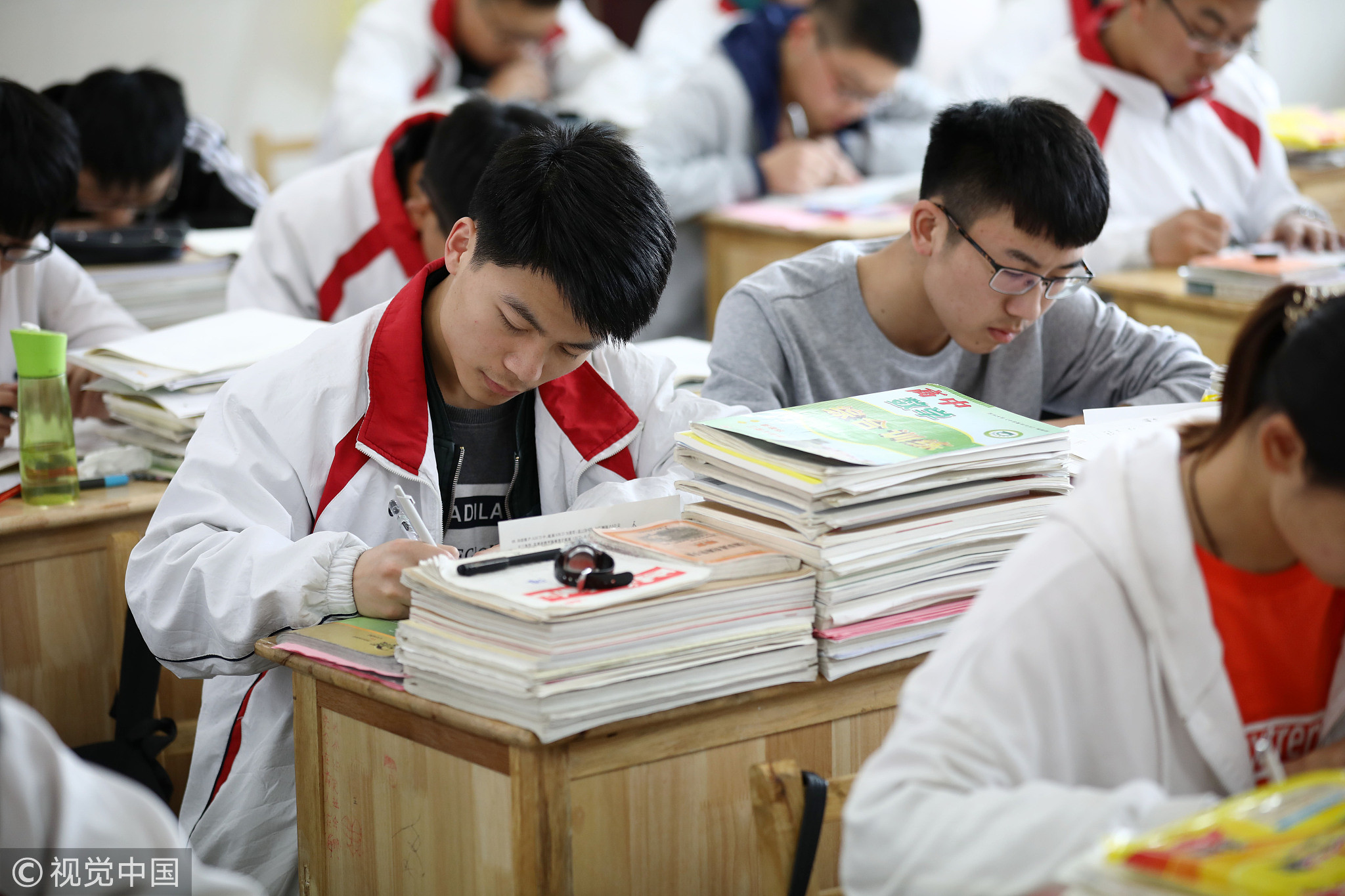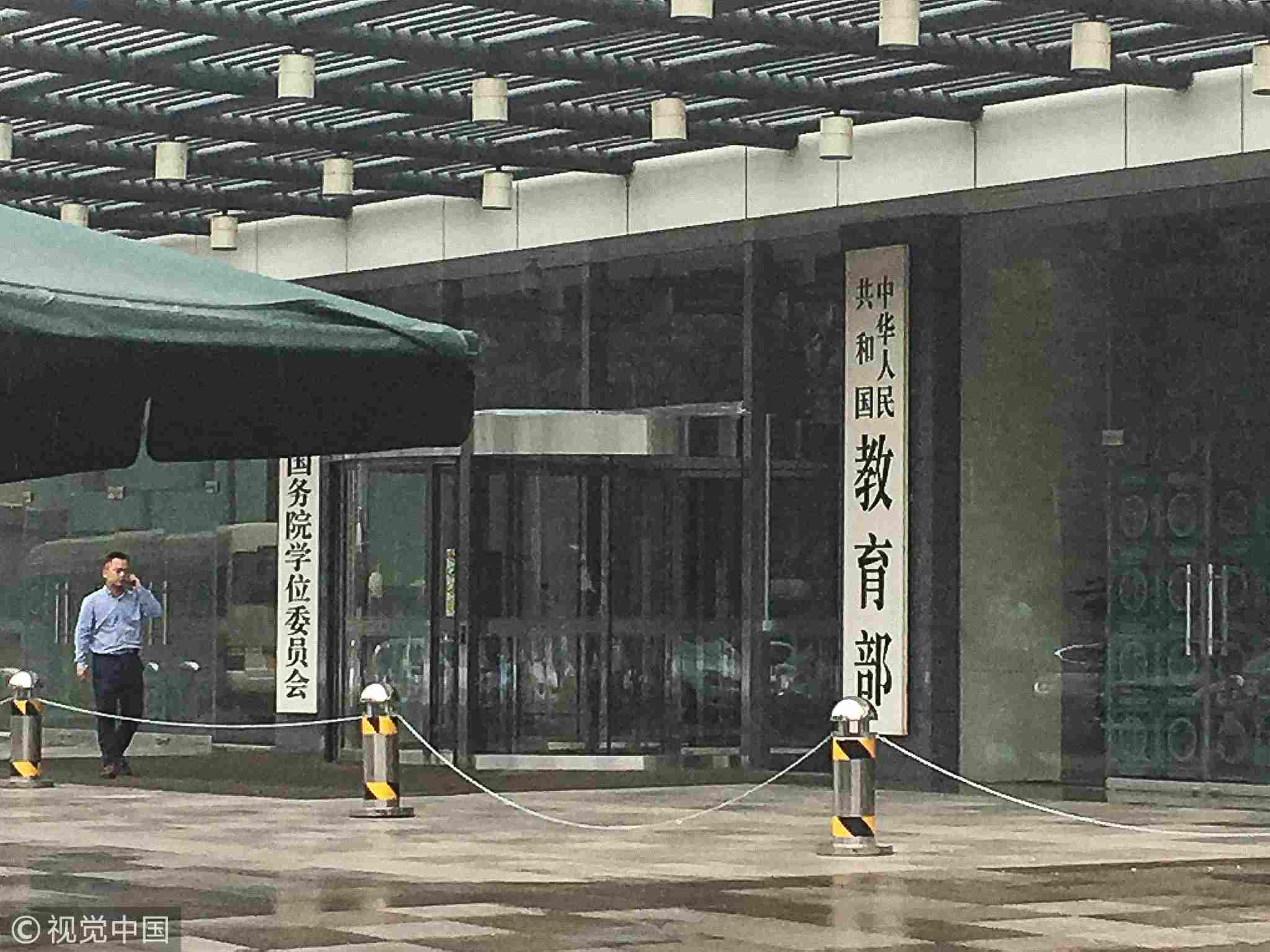
Opinions
21:54, 05-Sep-2018
Opinion: How far is China from being a global power in education?
Updated
21:48, 08-Sep-2018
Wang Yan

Editor’s note: 2018 marks 40 years since China introduced its reform and opening-up policy, during which the country has witnessed a giant leap in education. Wang Yan, a senior specialist at the National Institute of Educational Sciences, assesses the phenomenal progress in a five-part series. Below is the fourth part.
When it comes to differences between Chinese and Western education systems, the stereotype that Chinese students are diligent but not quite creative is prevalent.
However, the comparison could be elusive as the Chinese education system has kept on changing over the past four decades and has been reshaped through experimentation and reform on various fronts.
China is one of the top performers in the Program for International Student Assessment (PISA), in which Chinese education system shares many things in common with other top-performing countries, such as high and universal expectations for all students; a strong focus on great teaching; resources targeted at struggling students and schools; and a commitment to coherent, long-term strategies.
On top of these, it is a unique system that has been formed by drawing on the experiences of other countries and retrieving historical practices.
Chinese culture, especially Confucian tradition, not only highly values education, but also puts emphasis on a person's effort as a factor explaining and determining success.

Temple of Confucius in Beijing. /VCG Photo
Temple of Confucius in Beijing. /VCG Photo
This has largely been translated into a positive culture (in particular, students’ positive attitude) towards learning in China. People believe that hard work leads to success at school and work. Compared with their Western peers,Chinese students are more proactive and responsible in regards to their learning.
Chinese students have a solid subject knowledge foundation and higher-order cognitive skills through rigorous academic training. Students’ knowledge is assessed routinely.
These tests not only consolidate what students learned in the classroom, but also check students’ learning progress so that teachers could intervene timely when students lag behind. Through the tests, teachers and administrators are held accountable for student performance.
The Chinese education system is also characterized by well-structured teaching and learning. In 2001, China adopted a three-level curriculum structure aligned with the principle of "common basics, diversified options" that encompasses national, local, and school-based curricula, of which the national curriculum accounts for 80 percent, and local and school-based curricula the remaining 20 percent.

Students are studying in a classroom in Ganyu, east China's Jiangsu Province./ VCG Photo
Students are studying in a classroom in Ganyu, east China's Jiangsu Province./ VCG Photo
While the government has put in place mandatory national curriculum framework for primary education, textbooks are employed as the principal means to implement curricular aspirations.
In addition, Chinese teachers usually spend a considerable amount of time each day writing out detailed lesson plans. Every step of a lesson is deliberate, purposeful and precise.
China has made teachers’ professional development a key component of the education system.
A Teaching Research System has been created to provide ongoing support to teachers’ classroom teaching, consisting of teaching research institutes (sometimes merged with training colleges for teachers) at provincial, prefecture (municipality) and county levels.
The researchers, mostly selected from the best teachers, support teachers’ work by coordinating school-based research projects, regular visits to schools, and interpreting curriculum standards, etc. Teaching research thus became a booster of teacher’s professional development.
Many successful reforms started in experimentation. Partly originating from the principle borrowed from economic reform "cross the river by touching stones." Various new thoughts and ideas have been tried as experiments in the education system continue, with successful experiments often being translated into policies.

A bird's eye view of a high school campus in Zhengzhou, central China's Henan Province./ VCG Photo
A bird's eye view of a high school campus in Zhengzhou, central China's Henan Province./ VCG Photo
Such ground-breaking reforms in curriculum and college entrance examinations all started with experimentation followed by nationwide replication.
The system has both advantages and disadvantages.
More will be done to reduce students’ learning burden, to tailor teaching and learning to each student’s interest and capability, to strengthen arts and physical education, and in the context of massive information flows and rapid change, to enable students to "think like a scientist," weighing evidence and coming to a conclusion.
In spite of the tremendous progress made over the past four decades, there are still many challenges ahead for China to become a powerful country in education in the world.
China will continue to learn from the rest of the world. Over the past four decades, China looked for other countries’ experiences for inspiration in the process of making changes for improvement.
Major education research projects always contain a component of the international comparative study to benchmark against developed countries, and draw upon best practices to generate policy recommendations.

The Ministry of Education of the People's Republic of China./ VCG Photo
The Ministry of Education of the People's Republic of China./ VCG Photo
Schools, in their pursuit of internationalization, also keep on learning from the outside world to update their teaching content and methods.
Moreover, with what has been accumulated from the past forty years, China will be able to share more its resources, experiences and lessons with other parts of the world and build a more international partnership. In doing so, it will not only develop a stronger capacity for its own development but also benefit the education of other countries.
A Chinese idiom "Bearing global perspective (big picture) in mind, and start from (small) concrete action" might best summarize and illustrate the strategy of education reform now and in the future.
Education can and will make a difference in students' learning and social well-being. And China is taking actions to meet the challenges and opportunities step by step.
(If you want to contribute and have a specific expertise, please contact us at opinions@cgtn.com.)

SITEMAP
Copyright © 2018 CGTN. Beijing ICP prepared NO.16065310-3
Copyright © 2018 CGTN. Beijing ICP prepared NO.16065310-3